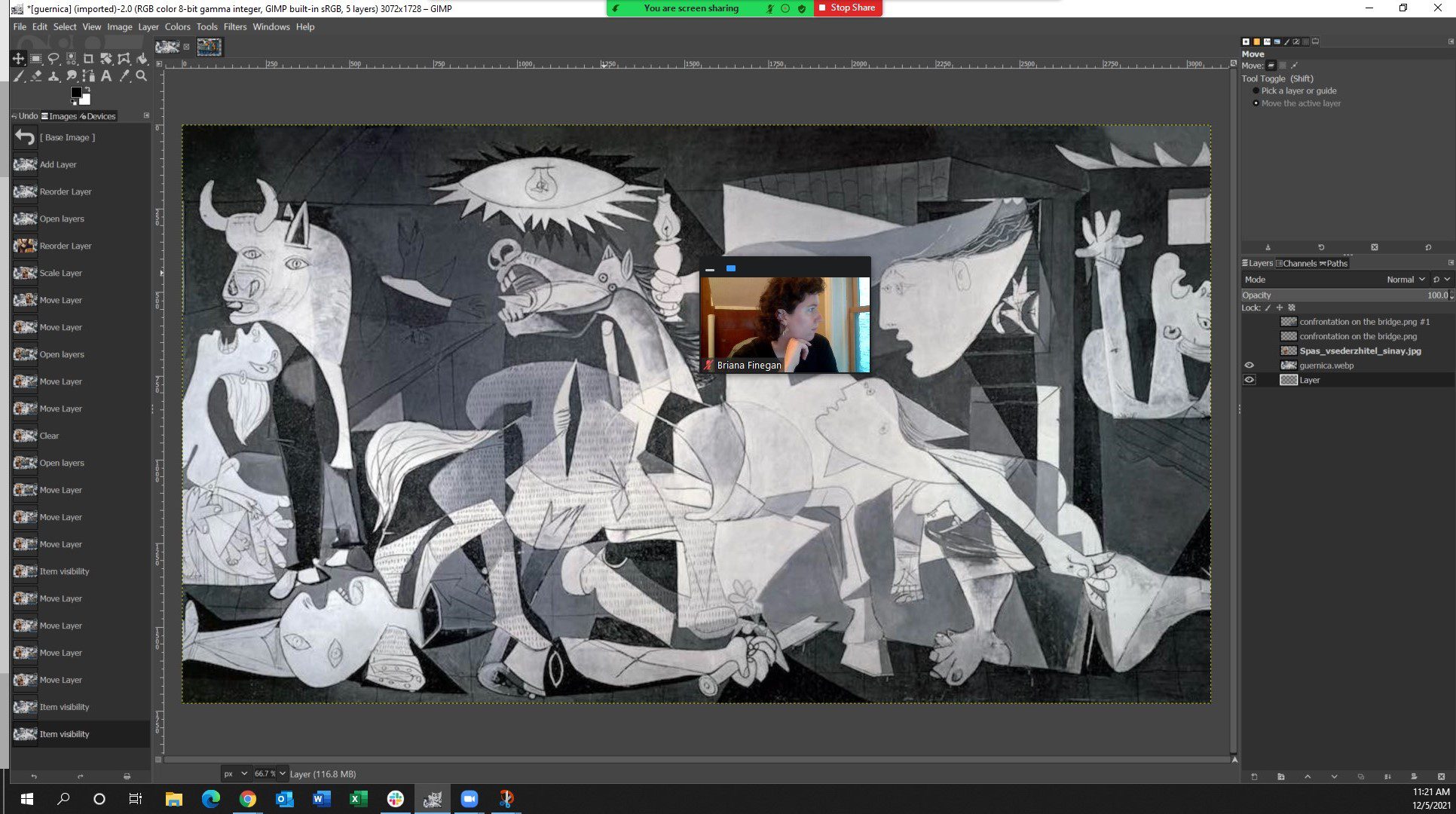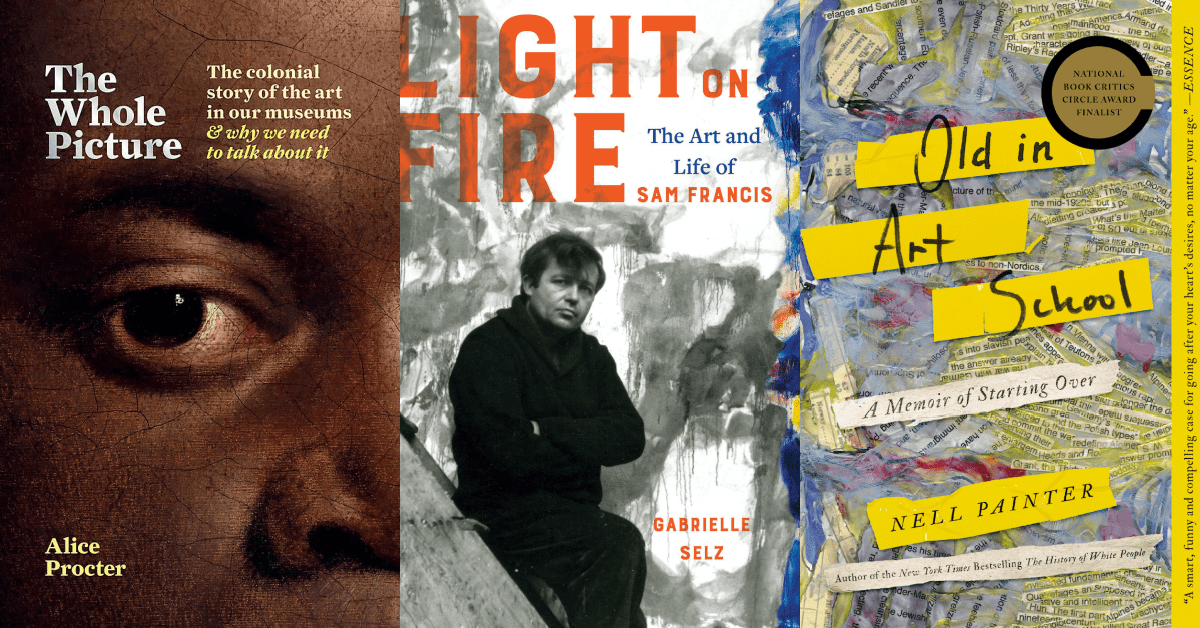The history of the New Times Roman font involves the artistry of a yacht-maker (William Starling Burgess) plagiarism (by one Stanley Morison) and the truth’s delayed discovery by a Canadian printer (Gerald Giampa) almost seventy years later.
The font’s initial appeal was its ability to fit more words in a broadsheet of the Times, thus saving the paper money. Now, it’s still be used widely on and off the paper—though this has less to do with paper and more to do with its position as a default font, without so much personality. Who knew the history of such a standard font would be rife with drama and intrigue?
“Times New Roman is a many-trick pony, like that other, but altogether different, giant of the 20th century that still dominates in the 21st, Helvetica. Morison, who believed that ‘the end of typography is multiplication for the sake of man’ — and who never knew of Giampa’s findings, inasmuch as he died in 1967 — would have been well pleased.”
(via @themillions)




